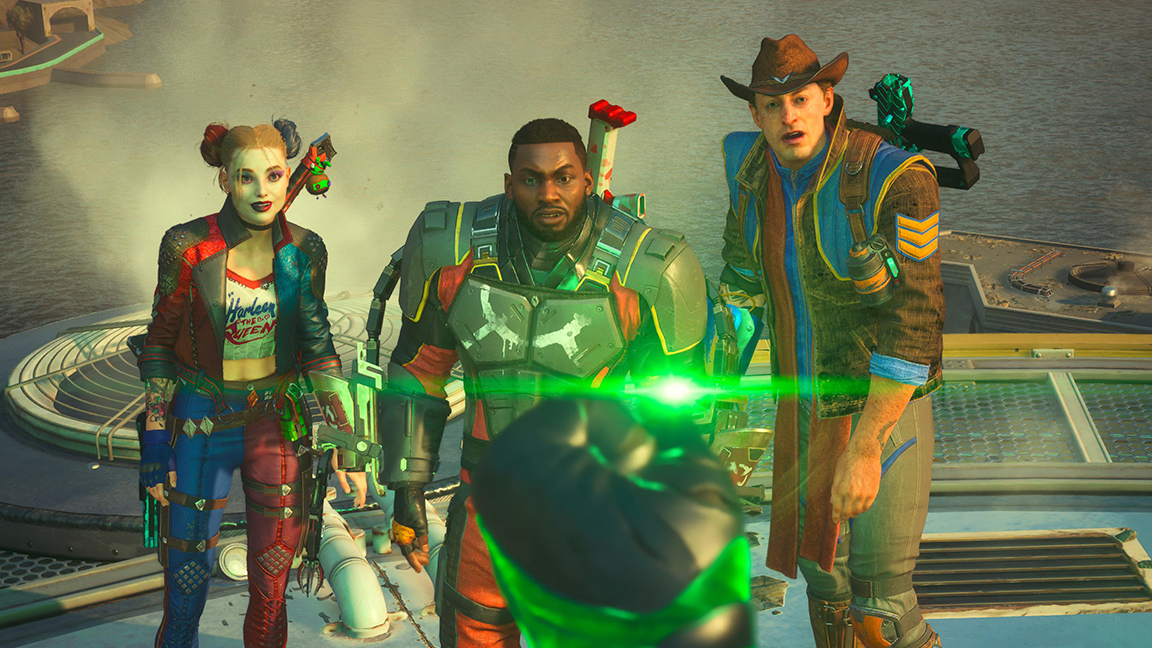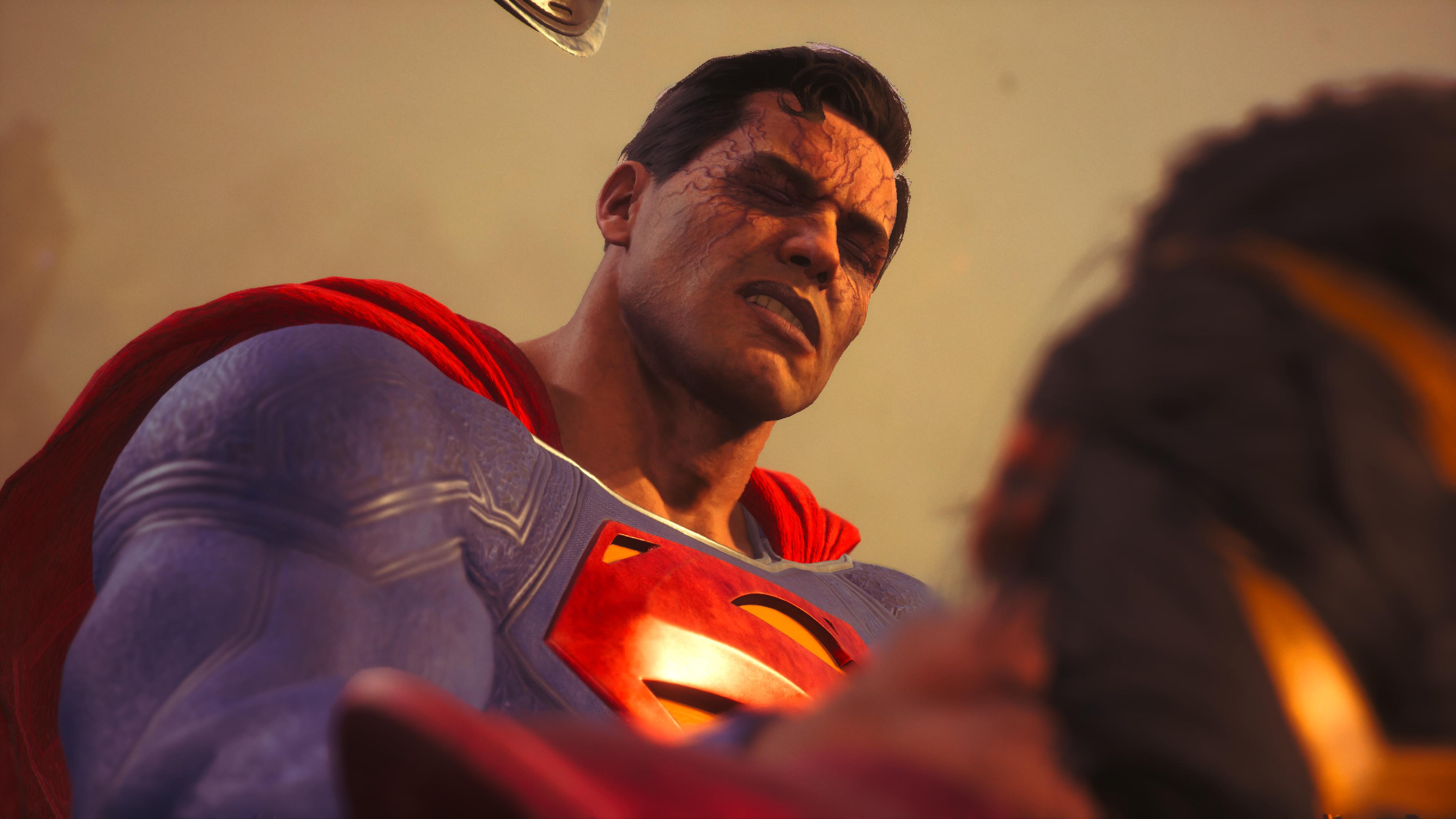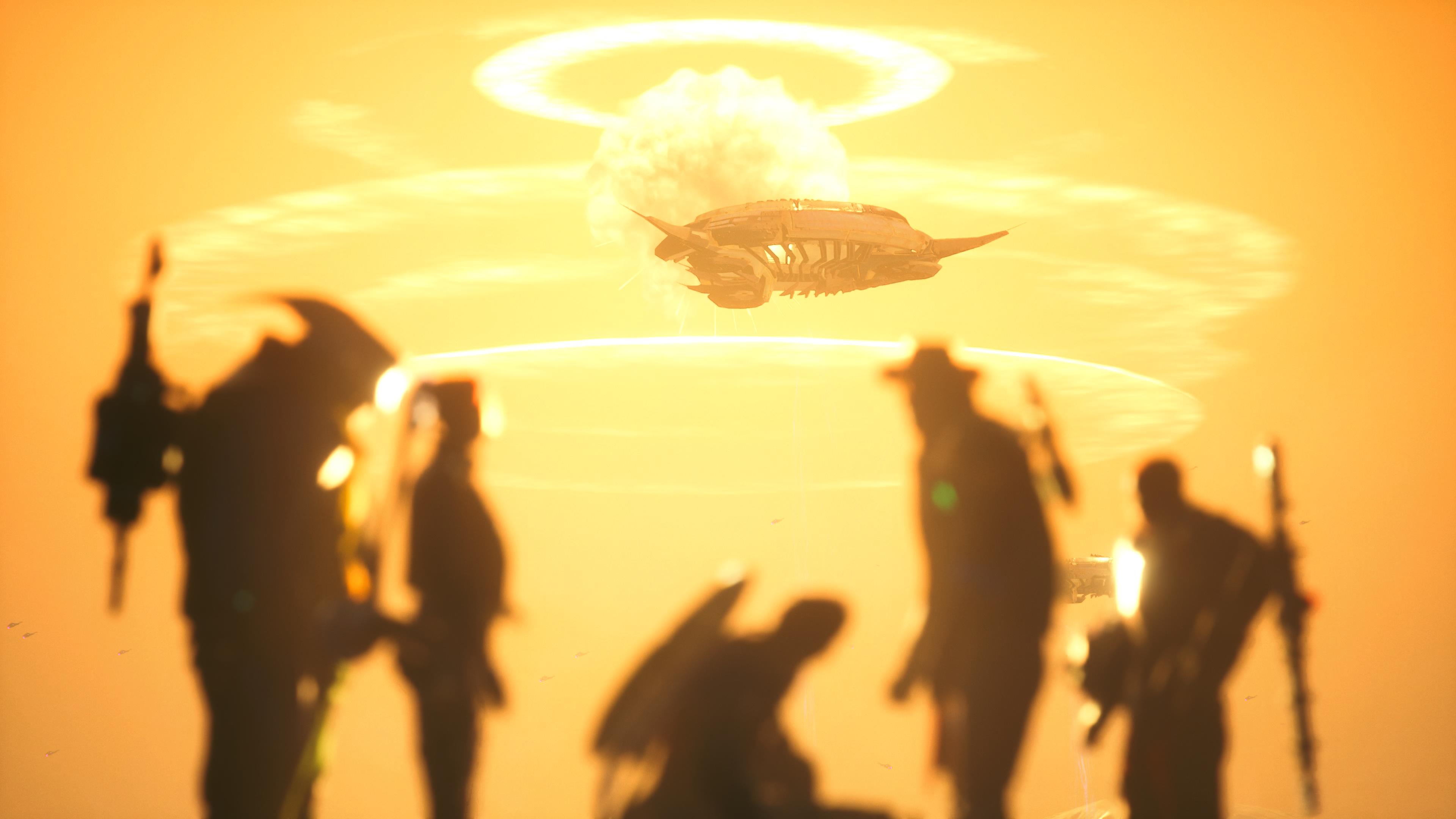
The biggest thing holding back Suicide Squad: Kill the Justice League isn't the conflicting fan expectations and neither is it the decision to task Rocksteady Studios, a successful single-player focused developer, with making a live service game multiplayer shooter, but it's the sheer length of the game's development cycle and consequence, a mixed bag of muddled ideas.
Back in 2015, following the release of Arkham Knight, live service shooters were on-trend, DC's film-verse was in full swing, we were two years out from Zack Snyder's Justice League and a year away from David Ayer's Suicide Squad, times were good, the future for all of this looked bright, but it all went so sour so fast.
The result of that near decade in development is a highly polished, playable, often innovative team-shooter that is also confusing and dull, all at once. The DNA of Rocksteady is deeply felt in every corner of the game but so too is the overbearing sense that the reason for Suicide Squad: Kill the Justice League to exist was lost along the way, some time ago, when DC's plans looked brighter.

Publisher Warner Bros Games
Developer Rocksteady Studios
Platform PS5 (reviewed), Xbox Series X / S, PC
Release Out now
Price $69.99 / £69.99

Take the art direction, for the most part the vision of Metropolis is a wonderful thing, a collage of retro-futuristic Americana that depicts a city of tomorrow beautifully, but the alien-ness of Brainiac feels stripped from Zack Snyder's movies, its creeping purple organic nature and the villain's biotic, metallic over-design would sit comfortably within the Snyder film-verse, but at odds in this game's world.
The saving grace is, for the most part, you'll be spending your time in the neon haze of Metropolis, a space littered with callbacks and callouts to DC's heroes, layered with design-accurate Art Deco posters and diners. And all this built in Unreal Engine 4 - Rocksteady really are wizards when it comes to optimisation. But again that mismatch rears its head, while past Arkham maps from Rocksteady's Batman series were alive with secrets, collectibles and curiosities, Metropolis is empty, an abandoned space in need of content, the kind a live service and paid-for seasons will likely bring.
Likewise the complex combat, designed around combos, perks and buffs, the grind for new weapons and gear to offer 0.1% more doodadery, matched to Rocksteady's talent for storytelling, character development and world building, just makes the mission design, the stuff you do between shooting for upgrades, feel blander.

When Rocksteady is able to impose itself on the live service genre it's chose the game is, well… fun.
When Rocksteady is able to impose itself on the live service genre (a concept where the base game is expanded upon with paid-for content, such as Fortnite) the game is, well… fun. The combat riffs on the ideas laid down before in the Arkham games; landing shots uninterrupted, just as kicks and punches were linked in those Batman games, builds a combo gauge that in turn activates a set of special attacks, buffs and perks.
A further Arkham hangover is the counter shot, when an enemy is about to shoot you with their weapon sparks and you have a brief moment to counter and stun them, leaving this enemy open to follow-up attacks, which in turn release collectibles or cause area affect damage.
There's a melee system used to daze enemies and scoop shield boosts; a further Poison Ivy-inspired 'afflictions' system buffs weapons with frost, frenzy and fire; each character has three special attacks, all of which use the same button layout as Arkham; there are also traversal attacks, squad ultimate moves, and gear sets that dovetail into everything and buff or debuff attacks, enemies, health, power, shields… It's so much.

The combat's complexity linked to the game's gear, upgrades, character and squad levelling all ensures the actual thing you do in Suicide Squad: Kill the Justice League, the shooting, feels great and is open to invention and experimentation.
The downside is, presently, Suicide Squad: Kill the Justice League has a collection of bland and repetitive mission designs, a mix of the same live service templates, such as timed arena horde fights, collect and retrieve missions, as well escort and protect jaunts, that have have become staid in so many other games.
The post-story endgame is pure grind, and feels like a waste of Rocksteady's effort to crowbar its way of doing things into a live service built around season passes and the need to gradually ratchet-up a character's stats. The endgame's main focus is on Finite Crisis, a series of mission reruns set in alternate timelines, with the goal to reach 'mastery level' 10 - you can rank past this difficulty to make each mission do-over more challenging, but ultimately your are doing the same thing, again and again.

The Finite Crisis end game is just very dull and is compounded because getting there is a lot of fun. In the solo story campaign Rocksteady is able to do what it does best, tell a story, even if this does, at times, feel like training wheels for that endgame.
The Suicide Squad are a band of C-list villains - Harley Quinn, Deadshot, King Shark and Captain Boomerang - brought together by the one-note Amanda Waller, a walking deep state tick sheet, who forces them to 'kill the Justice League' and save the world from an alien invasion. The characters begin as irritants but through some clever writing, fun running gags (Captain Boomerang's finger collection) and genuine heart you'll soon come to enjoy their company.
The love poured into bringing this cast of rogues to life, and the gusto with which Rocksteady tears down DC's heroes - Superman, Batman, Green Lantern and The Flash - masks the lacklustre mission design that end on arena-set boss fights that repeat the same process - counter-shoot a Justice Leaguer and then unleash you attacks. When the credits roll and all you have are the same half-a-dozen played out missions to rinse and repeat, Suicide Squad: Kill the Justice League feels humdrum.

Suicide Squad: Kill the Justice League is a game of two halves, two competing design ideas Rocksteady has spent nine years wrangling together into something that, presently, doesn't gel in a completely satisfying way.
The game is at its best when Rocksteady is able to be itself as a developer, whether that's through telling a rewarding story with colourful characters in a vibrant fully-realised world, or in its complex, layered and multifaceted combat that just feels good to play.
At its worst Suicide Squad: Kill the Justice League is a dull end game. A trudging grind with nowhere to showcase the combat and characters Rocksteady has crafted with such skill. And the sad thing is, as a live service, Suicide Squad: Kill the Justice League is pretty much all endgame.
The game is its best when Rocksteady is able to be itself as a developer.
The core of something good is in here, the question is will Rocksteady be able to do what it does best, tell stories within its live service universe? Not all games in the genre are soulless loot collectors and paid-for content, there's room within the genre's template to develop over-arching narratives, bring in new villains and one-time threats, and offer purpose to fight for rewards.
Suicide Squad: Kill the Justice League could be Rocksteady's gateway to a new multiverse of endgame events and creativity, or it could be an albatross around a successful, creative developer. I'll be crossing the fingers Captain Boomerang has left me with that Warner Bros will make the right call.







